The China manufacturer poultry chicken feed plant project mainly processes chicken feed pellets and chicken premixed feed without fermentation process. After completion, the total annual production capacity is expected to reach 95,000 tons/year.

According to statistics, in 2017, China's Hainan Province produced 1.599 million tons of feed, with a total output value of 4.045 billion yuan, an increase of 10.4% and 3.4% year-on-year respectively. The output of feed is far from meeting the demand for product output.
Therefore, the rapid development of Hainan's breeding industry has put forward higher demands on the feed industry.
In order to speed up the development of aquaculture, increase farmers' income, improve agricultural competitiveness, and vigorously develop the feed processing industry in the market, this 39-40tph automatic poultry chicken feed factory project is proposed under this background.
Name:
Organic chicken feed factory
Country:
China
Date:
December 2018
Capacity:
95,000 Tons per year
Feed Size:
2-4mm pellets and premix powder
The install period:
6 months
Control Mode:
Automatic
Project Costs:
1,256,000 USD

The client of this customized 39-40tph automatic poultry chicken feed plant project, Wenchang Jiayuan Agriculture and Animal Husbandry Development Co., Ltd., has built Hainan Jiayuan laying hen farm, packaging factory and chicken feeds plant in Hainan, China.
During the development process, the customer's chicken food company relies on university experts and professors to carry out key technological innovation and integration of standardized healthy breeding of laying hens, and to provide farmers with consulting services in standardized breeding technology, market information, etc. guide.

Preliminary design drawing of the chicken feed plant
In order to meet the feed demand of the customer's chicken farm, the customer chicken food company decided to carry out the construction of this large capacity full automatic chicken feed plant project.
The China manufacturer poultry chicken feed plant project mainly processes chicken feed pellets and chicken premixed feed without fermentation process. After completion, the total annual production capacity is expected to reach 95,000 tons/year.
| Regional Category | Project name | Project size and content |
|---|---|---|
| Main engineerings | Main workshop | 5F, with a construction area of 575m² chicken feed processingline (5F is mainly for the initial cleaning and magnetic separation section, 3 and 4F are mainly for distributors and silos, 2F is mainly for the puffing process and granulation process, 1F is for the cooling section, mixing section, crushing section, -1F is mainly crushing, lifting section, packing section, bulk section). |
| Storage and transportation project | 1#raw material workshop | Mainly for the raw material warehouse 1F of the processing workshop, with a floor height of 8m, steel structure, and a building area of 5336m². |
| 2#Standby raw material workshop | Mainly raw material storage warehouse 2# warehouse is 1F, storey height is 8m, steel structure, building area is 2540m². | |
| 3#Finished workshop warehouse | Mainly for the finished feed warehouse, 1F, 8m high, steel structure, construction area of 2500m². | |
| 4#Standby finished product workshop | Mainly a warehouse for premixed feed products, 1F, 8m high, steel structure, construction area of 1624m². | |
| Auxiliary project | Power Distribution Room | Located on the northeast side of the 39-40t/h chicken feed processing plant project, covering an area of 150m². |
| Boiler Room | Biomass-fired boiler room and biomass storage room, covering an area of 80m². | |
| Office Building | 4F, 16 meters high, frame structure, building area of 896m². | |
| Guardian | Located on the southeast side of the 39-40t/h chicken feed processing plant project, covering an area of 50m². | |
| Fire Pumps and Fire Pools | Located on the north side of the 39-40t/h chicken feed processing plant project, with an area of 80m2 and a fire water volume of 300m². | |
| Utilities | Water supply | The 39-40t/h chicken feed processing plant project water comes from the municipal pipe network. |
| Drainage | The 39-40t/h chicken feed processing plant project is mainly domestic sewage, which is used as agricultural fertilizer after being treated in a septic tank. | |
| Heating | Supplied by a self-built 2t/h biomass pellet steam boiler. | |
| Powered | This 39-40t/h chicken feed processing plant project includes process production equipment, auxiliary, public works, etc. The total installed capacity of the chicken feed mill equipment is 1000KW. The annual electricity consumption of the 39-40t/h chicken feed processing plant project is 5 million kWh. The power supply comes from the municipal power supply network to meet the production needs. | |
| Environmental protection project | Exhaust gas treatment | The 39-40t/h chicken feed processing plant project adopts high-efficiency filtration equipment, and the cloth cylinder is cleaned by compressed air from blanking to packing, and a pulse bag filter is installed to strengthen the suction, dust removal and purification, and then discharge into the atmosphere. Some chicken feed production equipment and silos are equipped with ventilation pipes to prevent the leakage of dust during the unloading process, so as to achieve the effect of vacuuming and reduce the impact on the surrounding environment. |
| Wastewater Treatment | Mainly domestic sewage, which is processed in a septic tank and then shipped as fertilizer. | |
| Solid Waste Treatment | Set up trash cans and temporary waste storage areas. | |
| Noise Control | Vibration reduction, sound absorption, sound insulation. | |
| Greening Project | The total greening rate of the 39-40t/h chicken feed processing plant area reaches 6600m². |
| Silo name | Features | Quantity | Inner diameter (m) | Volume (m3) | Total | Location |
|---|---|---|---|---|---|---|
| Silo | Ordinary Corn | 1 | 4.64 | 525.41 | 525.41 | Silo group |
| Soybean meal | 1 | 2.32 | 78.15 | 78.15 | ||
| Rapeseed meal | 1 | 1.2 | 82.14 | 82.14 | ||
| Chicken feeds grinding machine | Corn, meal | 2 | 2*2*6 | 24 | 48 | Raw material workshop |
| Ingredient warehouse | Different ingredients | 8 | 1.5*1.5*6 | 13.5 | 108 | |
| Granulation | Pellets to be Pelleted | 10 | 1.75*2*6 | 21 | 210 | |
| Finished product warehouse | Pellets | 4 | 2*2*6 | 24 | 96 | Finished workshop |
| Powder Feed | 4 | 1.5 | 10.5975 | 42 | ||
| Ingredient bin | Large | 4 | 1.5 | 10.5975 | 21 | Raw material workshop |
| Small | 4 | 1 | 4.71 | 18.84 | ||
| Grease filter | Soybean Oil | 2 | 1 | 1.0205 | 2.0 | |
| Oil Storage Tank | Soybean Oil | 1 | 3 | 21.195 | 21.195 |
The total area of the 39-40t/h computer control chicken poultry feed plant project is about 28829.98m², and the total construction area is about 15779m².
The main construction contents include production workshops, raw material and finished product warehouses, office and living buildings, dormitory buildings and other main works, as well as water supply and drainage, supply and distribution supporting production, electricity, ventilation, fire protection, safety and other public auxiliary works.
| Project | Quantity | Notes |
|---|---|---|
| 1. Land area | 28829.98m² | |
| 2. Gross Floor Area | 15779m² | |
| (1) Main production workshop | 575m² | |
| (2)1#Raw Material Workshop | 5336m² | |
| (3)2# Alternate raw material workshop | 2540m² | |
| (4)3#Finished workshop warehouse | 2500m² | |
| (5)4# Spare finished product workshop | 1624m² | |
| (6) Office Living Building | 896m² | 4 layers of brick and mortar |
| (7) Dormitory Building | 1920m² | 4 layers of brick and mortar |
| (8)Other supporting facilities | 2500m² | |
| 3. Green area | 6600m² | |
| 4. Parking Spaces | 20 |
The 39-40t/h automatic best plant for chicken feed project mainly processes and produces chicken feed. The appearance is powdery feed and pellet feed. There is no fermentation process. The product quality meets the relevant standards in China's National Feed Industry Standard.
| Project name | Product Name and Specifications | Design Capability (t/a) | Annual Runtime |
|---|---|---|---|
| 2 automated chicken feed lines | Powder Feed | 50000 | 8 hours/day×300 days/year=2400 hours/year |
| Pellets | 45000 | ||
| Total | 95000 | ||
The 39-40t/h large chicken feed making machine plant project mainly uses corn, soybean meal, rapeseed meal, fish meal, etc. as the main raw materials for chicken feeds, plus corn distiller's grains and oil as auxiliary raw materials to produce high-quality chicken feed. The raw materials are all purchased from outsourcing. Boiler raw materials use biomass pellets, which are all purchased.
| Item | Important Components | Dosage | Storage method | Packaging | Scale |
|---|---|---|---|---|---|
| Soybean meal | Dry matter content is about 40%, the rest is water, oil, etc. | 19000 tons/year | Silo | Warehousing | 20% |
| Rapeseed meal | Dry matter content is 55%, the rest is water, oil, etc. | 3800 tons/year | Silo | Warehousing | 4.0% |
| Corn | Dry matter content is about 70%, the rest is water, oil, etc. | 47,500 tons/year | Silo | Warehousing | 50% |
| Fish meal | High protein feed ingredients | 1900 tons/year | Warehouse code stack | Bag | 2.0% |
| Distillers grains | Distillers grains protein feed, dry matter content of 87%~93% (including 23%~29% crude protein, 3%~12% crude fat, 0.42%~0.99% phosphorus, 0.59%~0.89% lysine, Methionine 0.54%~0.76% | 3800 tons/year | Warehouse code stack | Bag | 4.0% |
| Soybean Oil | - | 1900 tons/year | Oil Storage Tank | Canned | 2.0% |
| Other (feed additives) | Mineral elements, vitamins, flavoring and food attractants, anti-caking agents, stabilizers, etc. | 17100 tons/year | Warehouse code stack | Bag | 18.0% |
| Woven bag | High quality PP/PE material | 500,000 | - | - | - |
| Biomass Pellets | Agricultural and forestry waste fuel pellets | 2100 tons/year | Code Stack | Bag | - |
| No. | Chicken feed maker machin name | Model |
|---|---|---|
| 1 | Pulse Dust Collector | TBLF.12 |
| 2 | Fan | 4-72No3.6A |
| 3 | Scraper conveyor | TGSS20b |
| 4 | Bucket elevator (3 units) | TDTG40/28 |
| 5 | Pellets primary cleaning | SCY80 |
| 6 | Permanent magnet drum (3 sets) | TCXT25 |
| 7 | Distributor (2 units) | TFPX-4 |
| 8 | Powder Cleaning Sieve | SQLZ90 |
| 9 | Distributor (2 units) | TFPX12 |
| 10 | Feeders | AHZC 600 |
| 11 | Horizontal Pulverizer | AHZC-1265 |
| 12 | Fan | 6-30-7A |
| 13 | Pulse Dust Collector | TBLF.64 |
| 14 | Closed Air Screw Conveyor | TWLL25b |
| 15 | Ingredient scale (2 units) | PCS-20 |
| 16 | Ingredient Scale | PCS-05 |
| 17 | Single shaft chicken feeds raw material mixing machine (2 units) | AHML4000 |
| 18 | Scraper conveyor (2 units) | TGSS25b |
| 19 | Bucket elevator (2 units) | TDTG50/28 |
| 20 | Impeller Feeder | SWLL980 |
| 21 | Chicken feed grinding machines | SFSP1000X type |
| 22 | Fan | 9-26NO:7.1A |
| 23 | Pulse Dust Collector | TBLY120 |
| 24 | Exit Machine | TWLL20b |
| 25 | Fan | 9-19-3.5A |
| 26 | Pulse Dust Collector | TBLF.6 |
| 27 | Measuring scale | 100KG/P |
| 28 | Chicken pellet machine | SZLH |
| 29 | stabilizer | SWDBg7(22×22) |
| 30 | Chicken pellet cooler | SKLN7 (22×22) |
| 31 | Fan | 4-72No8C |
| 32 | Finished screener | SFJH130×2C |
| 33 | Packaging Scale | MWPE440/120 |
The main entrance of the 39-40t/h large chicken feed manufacturing plant project is set in the east, connected by a factory road to provincial road S201. There is a loop lane in the chicken feed manufacturing plant project area to connect with the entrances, exits and walkways of each building, and the logistics is smooth.
The ground water is discharged by means of hidden pipes. The road in the 39-40t/h large animal feed production line area is concrete pavement with a road width of 6-12 meters. The road is arranged in a ring pattern to meet the requirements of transportation and fire protection.
Chicken Feed Plant Project Planning Diagram (Original Chinese Version)
The transportation method is truck transportation, the off-site transportation is entrusted to the local transportation department, and the in-factory transportation method is forklift and trolley transportation.
From east to west, the 39-40t/h large chicken feed making plant area consists of office building, spare raw material and finished product workshop, main workshop and boiler room, raw material and finished product workshop, and living area.
The production area adopts a combined 39-40t/h large chicken feed making plant layout. According to the chicken feed production process, the buildings and large outdoor equipment such as raw material input, production and processing, finished product packaging, storage and transportation are reasonably arranged.
In this 39-40t/h large chicken feed making plant project, the raw materials, semi-finished products and finished products warehouses are arranged close to the processing workshop, so that the transportation route is short and the handling is reduced.
The water used in this 39-40t/h large chicken feed making plant project is mainly domestic water, boiler water, circulating system cooling water and greening water. The domestic water and boiler water are provided by the municipal water supply network, which can meet the requirements of production and domestic water.
The 39-40t/h large chicken feed making plant project drainage adopts rainwater and sewage diversion. The chicken feed production process of this chicken feed making plant project does not produce production waste water. Since the chicken feeds production process needs to maintain dry conditions, the workshop site will not be cleaned.
Therefore, the sewage generated by the 39-40t/h large chicken feed making plant project is mainly domestic sewage, and the evaporation and loss rates are calculated at 15%, so the domestic sewage production is about 5.525m3/d.
Since the municipal sewage pipe network around the 39-40t/h large chicken feed making plant project has not been perfected, the current domestic sewage of the 39-40t/h large chicken feed making plant project is regularly pumped away after being treated in a septic tank to be used as agricultural fertilizer.
The annual power consumption of the chicken feed production plant project is about 5 million kWh, which is directly supplied by the municipal power grid. The chicken feed production plant project is equipped with a 360KW diesel generator.
The chicken feed production plant project is equipped with a 2t/h steam boiler to meet the production demand, the fuel is biomass fuel, the daily consumption is 7t/d, and the annual consumption is 2100 tons/year. Office and living heating adopts air-conditioning system.
The chicken animal feed mill machine project will build a finished product warehouse of 4124m² and a raw material workshop of 7876m². The raw materials and product warehouses for bulk materials are fully enclosed.
The raw materials and product warehouses for packaging materials include fully enclosed and steel structure canopies. The steel structure shed is mainly used for short-term transfer scheduling of raw materials and products when entering and leaving the site.
The general solid waste generated in the chicken feed production process is temporarily stored in the solid waste temporary storage room in the chicken feed production plant, and is regularly shipped out for treatment and disposal.
On-site transportation equipment mainly includes push carts and forklifts, and off-site transportation is mainly solved by social vehicles.
This chicken feed production plant project is designed according to the Fire Protection Code for Building Design (GB50016-2006). The auxiliary building is a four-storey public building with a fire resistance rating of two.
The single roof of the production workshop is a public building with profiled steel plate, the roof is made of profiled steel plate, and the fire-resistant coating is used to make the fire resistance limit greater than 1 hour, and the fire resistance level is Class II. The feed production fire hazard of this chicken feed production plant project is classified as Category C.
The chicken feed plant project mainly produces premixed feed (powder) and complete feed (pellet). The powdery feed has no pelleting process, and other processes are the same, which will be analyzed together in this chicken feed plant project analysis. The products are all granular and powdered without fermentation process.
Using the hydraulic unloading platform to send the incoming material (corn) from the car into the unloading port, after preliminary screening, after removing the relatively large sundries, it enters the unloading pit. The corn is distributed to the primary cleaning screen for cleaning by the bucket elevator.

The corn should be able to clean the corn husk, dust, broken corn and large impurities. After the corn is cleaned, the permanent magnet cylinder will further remove impurities (such as iron filings, etc., to prevent damage equipment, affect feed performance, etc.).
Then the corn is distributed to the silo through the bucket elevator and scraper conveyor, and finally distributed into the silo to be crushed through the rotary distributor. In addition, dust removal equipment should be equipped at the car discharge port and cleaning screen.
The meal raw materials and auxiliary materials are stored in bags. When using, they are fed to the corresponding feeding port manually or by forklift. The relevant process is as follows:
The meal is preliminarily screened by the grid screen, and after removing the relatively large debris, the bucket elevator lifts the soybean meal to the upper machine head and passes through the chute to the cylinder for initial cleaning to remove the medium-sized debris;
And then passes through the permanent magnet cylinder further removes impurities, and finally distributes it into the bin to be crushed through the rotating distributor.

The powder accessories are initially screened by the grid screen, and after removing the relatively large debris, the bucket elevator lifts the powder to the upper machine head and passes through the chute to the conical primary cleaning screen to remove the medium-sized debris.
The impurities are further removed by a permanent magnet cylinder. Finally, it is distributed into the batching bin through the rotary distributor.
The crushing system adopts a single crushing process. This section can choose to use 3 chicken feed grinders, which are used to pulverize different raw materials respectively. There are 2 chicken feed grinders above each pulverizer (there are many kinds of meal, and 4 should be configured) to be pulverized.

The pulverized materials are then transported by the material-enclosed screw conveyor into the bucket elevator respectively, and then introduced into the batching bin through the distributor after being lifted. The crushed material is not only conveyed by screw conveyor, but also equipped with auxiliary suction system.
The pulverized material is transported by the material-sealing screw conveyor into the puffing bin, and then enters the chicken feed puffing machine for puffing, and the puffed material directly enters the chicken feed cooler for cooling.
After cooling, it enters the bucket elevator, and after lifting, it enters the batching bin through the distributor or three-way valve.
The pulverizing section and cooling section of the chicken feed pellet production line need to be equipped with corresponding suction and dust removal devices to prevent dust overflow, reduce material temperature and improve pulverization efficiency.

After the raw materials are cleaned, crushed or expanded, they enter the batching bin through the rotary distributor to wait for batching.
The system will control the feeding of various raw materials in the batching bin by the screw feeder according to the requirements of the chicken fed formula, and add them to the main chicken feed mixer after weighing by the electronic scale;
Then, it is put into the main chicken feed mixer to participate in the ingredients; the liquid raw materials are weighed and added to the main chicken feed mixer through the liquid addition device; some small materials are added manually.
After the required materials are put into the main chicken feed mixer, they are mixed. The main chicken feed mixer adopts a continuous mixing method. In the process of weighing and batching, the receiving of raw materials is always going on. running.
The material discharged from the main chicken feed mixer is unloaded in the buffer bucket at one time, and then conveyed to the bucket elevator through the scraper conveyor.
Then pass the chute to the permanent magnet cylinder after cleaning, and distribute it into the granulation warehouse or into the finished product warehouse (powder finished product) through the rotary distributor according to the production needs.
The powder in the granulation bin is conditioned and granulated by the chicken pellet machine and then directly enters the chicken pellet cooler for cooling, and is classified by the rotary grading sieve.
The qualified pellets are distributed and transported to the finished product bin through the rotary distributor. The pellets are generally re-slid to the chicken pellet feed making machien for re-granulation.
The granules or powders in the finished product warehouse need to be packed by the buffer hopper, weighed by the packing scale, and then packed by the sewing machine combination unit.
The packaging process of the finished feed to be packaged mainly consists of three parts: automatic quantitative weighing, bagging and packaging, conveying and sealing.
The finished product packaging section of the chicken feed plant factory with an output of 25 tons per hour is equipped with 2 finished product packaging production lines.
The finished bulk feed is sent to the bulk finished product storage bin through the rotary distributor and scraper conveyor, and the required weight of feed is weighed and put into the bulk feed truck through the scale bucket.
This 39-40t/h chicken feed plant project uses soybean meal, rapeseed meal, wheat, fish meal, etc. as the main raw materials to produce high-quality chicken feed. The nature of the land is industrial land. There are special sensitive points such as hospitals and schools within 200m of the 39-40t/h chicken feed plant project, and there are no concentrated residents or areas.
The open terrain is conducive to the diffusion of pollutants. The main entrance of the 39-40t/h chicken feed plant project is set in the east, and is connected by a factory road to the provincial road S201. There is a ring lane in the chicken feed plant project area to connect with the entrances and exits of each building and walkways.
Smooth logistics. The ground water is discharged by means of hidden pipes. The roads in the 39-40t/h chicken feed plant area are concrete pavements with a road width of 6-12m. The road is arranged in a ring pattern to meet the requirements of transportation and fire protection.
The transportation method is truck transportation, the off-site transportation is entrusted to the local transportation department, and the in-factory transportation method is forklift and trolley transportation.
From east to west, the 39-40t/h chicken feed plant area consists of office building, spare raw material and finished product workshop, main workshop and boiler room, raw material and finished product workshop, and living area.
The 39-40t/h chicken feed plant production area adopts a combined layout. According to the chicken feed making process, the buildings and large outdoor equipment such as raw material input, production and processing, finished product packaging, storage and transportation are reasonably arranged.
In this 39-40t/h chicken feed plant project, the raw materials, semi-finished products and finished products warehouses are arranged close to the processing workshop to make the transportation route short and reduce handling. In general, the layout of the 39-40t/h chicken feed plant project is basically reasonable.
It is the commercial name of distiller's grains protein feed, that is, the dried distiller's grains containing soluble solids. In the process of fermenting ethanol from corn as raw material, the starch is converted into ethanol and carbon dioxide, and other nutrients such as protein, fat, fiber, etc. are left in the lees.
The typical nutritional value of American DDGS used in this project is: more than 26% crude protein, more than 10% crude fat, 0.85% lysine and 0.75% phosphorus.
Its appearance is yellow-brown-dark brown, with high soluble content and high drying temperature, and the color deepens. It has a fermented smell, contains organic acids, and has a slightly sour taste.
Rapeseed meal is rich in lysine, macro and trace elements, of which the content of calcium, selenium, iron, magnesium, manganese and zinc is higher than that of soybean meal, and the phosphorus content is twice that of soybean meal.
At the same time, it is also rich in sulfur-containing amino acids, which is what soybean meal lacks, so it can play a balancing and complementary role when combined with soybean meal.
Soybean meal is a by-product obtained from soybean extraction of soybean oil. The main components are: protein 40%~48%, lysine 2.5%~3.0%, tryptophan 0.6%~0.7%, methionine 0.5% to 0.7%.
The protein content of soybean meal used in this 39-40t/h chicken feed plant project is about 46%. It is irregular flakes, light yellow to light brown in color, and tastes like roasted soybeans.
Fishmeal is a commercial product obtained by removing the edible part of fish, or whole fish that lacks market value. Fish meal is in the form of brown powder or cake. Specifically, the above-mentioned raw materials are squeezed to remove oil.
The purpose of fish meal is that it is rich in protein and can be used as animal feed. This 39-40t/h chicken feed plant project uses fish meal imported from Ecuador with a protein content of 64.56%.
Soybean oil is derived from soybean seeds and is the most produced oil in the world. Fat is a high-calorie energy source: the energy of fat is equivalent to 2.25 times that of carbohydrates and protein, and it is easy to formulate high-energy feed with added fat, which is especially important for broilers and piglets.
Oil is one of the important sources of essential fatty acids: lack of essential fatty acids can cause skin keratinization, growth inhibition, reproductive dysfunction, and decreased production performance. Vegetable oils are rich in essential fatty acids.
The stone powder used in the chicken feed plant project is calcium hydrogen phosphate, white monoclinic crystalline powder, odorless and tasteless. Used as an auxiliary feed for poultry, it can promote the digestion of feed and increase the body weight of poultry to increase meat production, milk production and egg production. It can also treat rickets, rickets, anemia, etc.
Including propionate, formic acid and calcium formate, sorbic acid, citric acid, dimethyl maleate and allicin, etc. These anti-mildew additives have the effect of destroying or blocking pathogenic microorganisms, but will not hinder the activities of normal beneficial bacteria and enzymes in the digestive tract, and some can also change the taste of the feed and improve the palatability of the feed.
Having the right mix of reliable, high-quality pellet machine and pelletizing systems and expert support is essential to your success. Watch how our end-to-end feed pellet plant solutions have helped our customers optimize their performance.
Our customized and future-proofed turnkey pellet plant solutions is designed with you at the core. From vision to reality and beyond, our team stays connected with yours. Giving you peace-of-mind with an expert at your side.
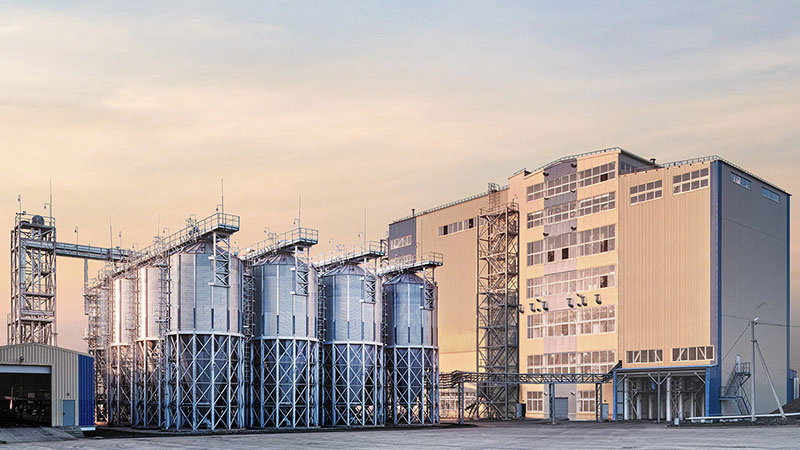
At RICHI, we go beyond project completion. With RICHI Servicee, we’re your dedicated partners in success. Count on us for expert guidance, minimal downtime, and optimized productivity. Choose RICHI for unmatched service and support.
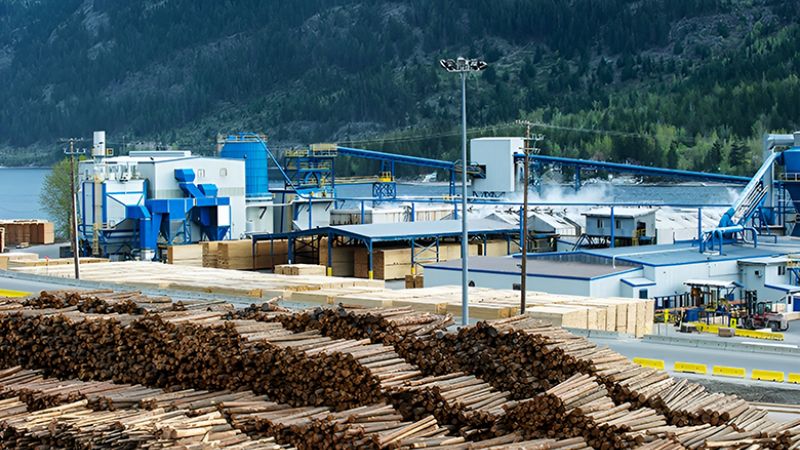
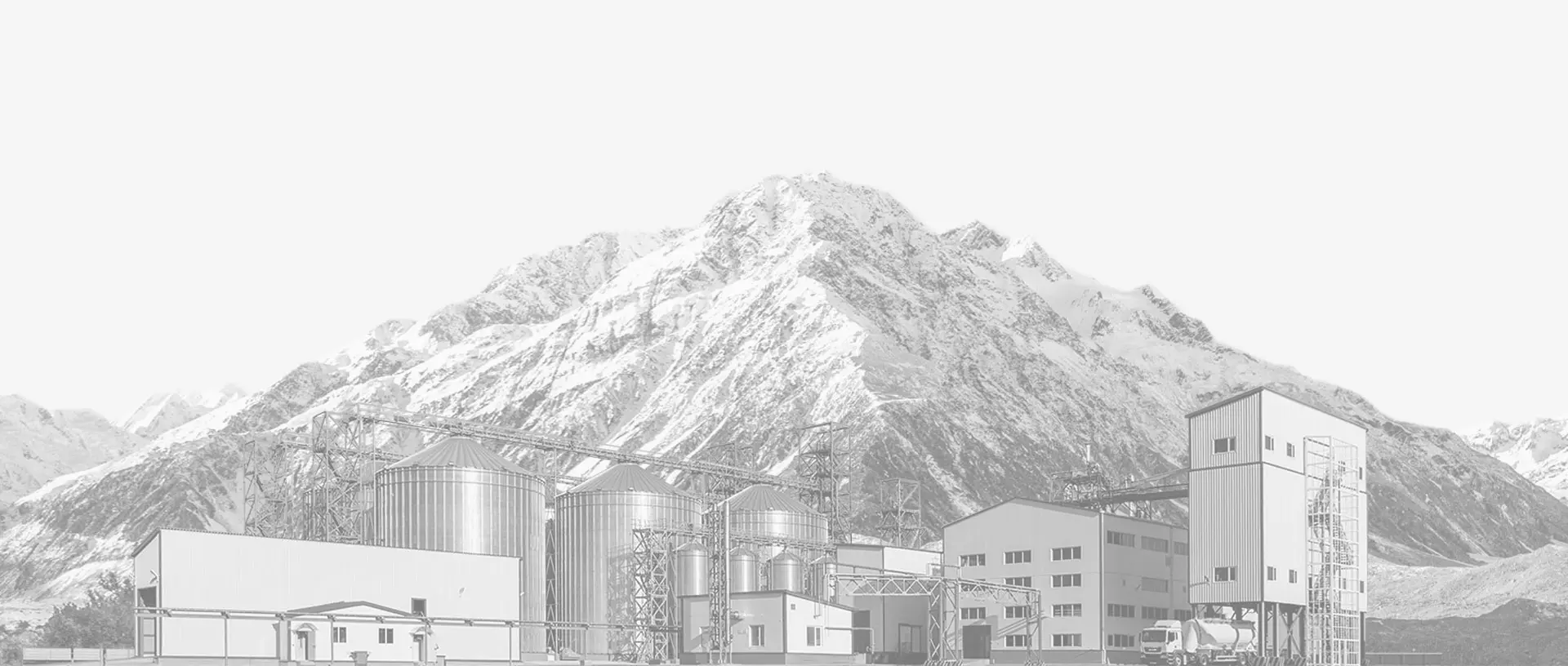

Meet global product demands and quality standards with industry-leading pellet plant design, engineering, equipment, and construction services for pellet processors.
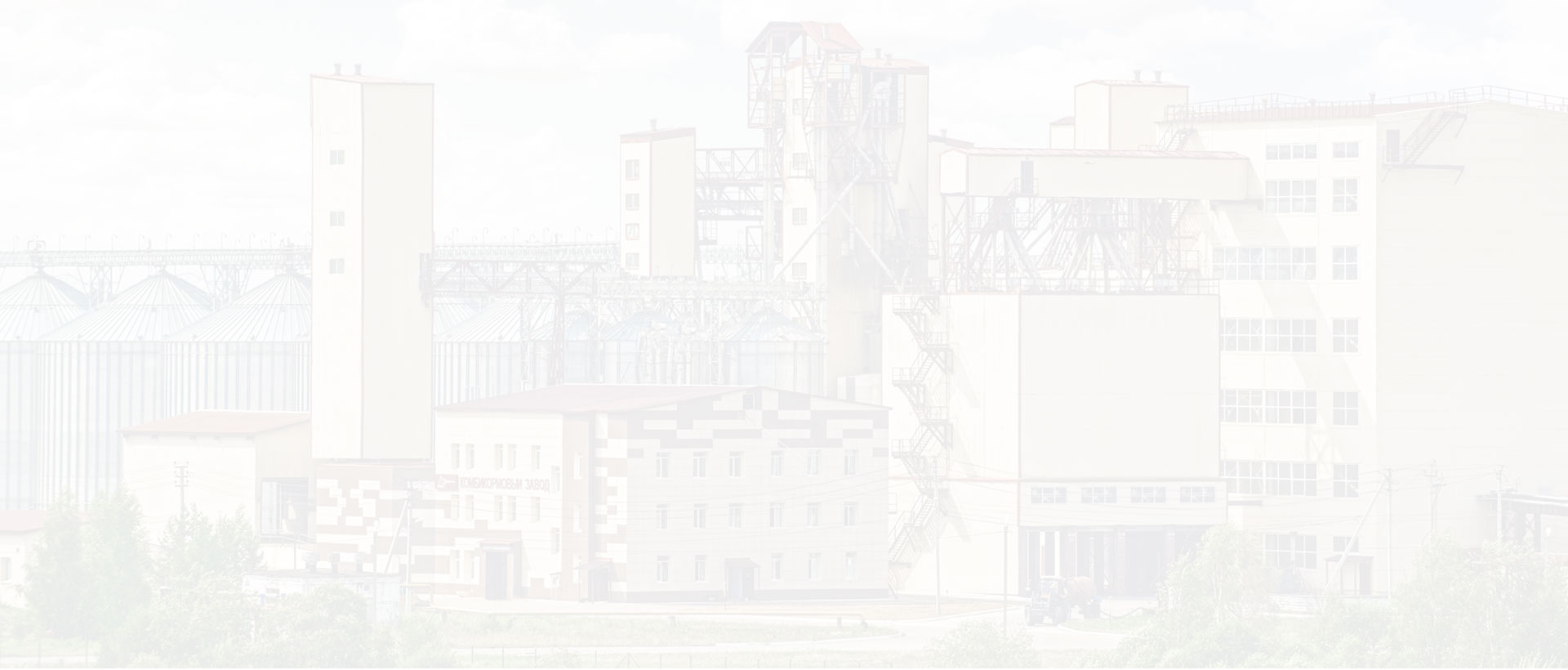
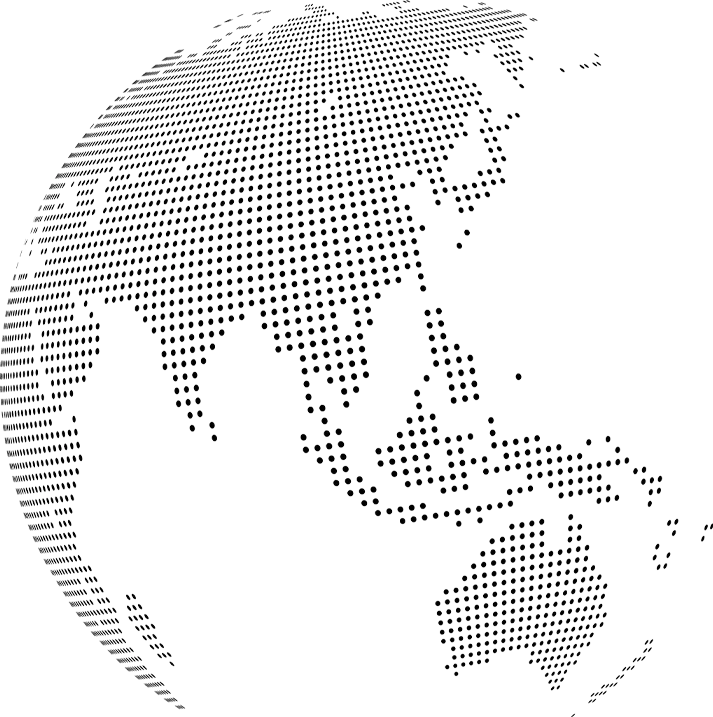
Your Partner Beyond Project Completion
2000+ cases
RICHI is the leading designer, manufacturer and builder of pellet plants in the world, completing over 2000 projects in 140 countries across 6 continents.
Read More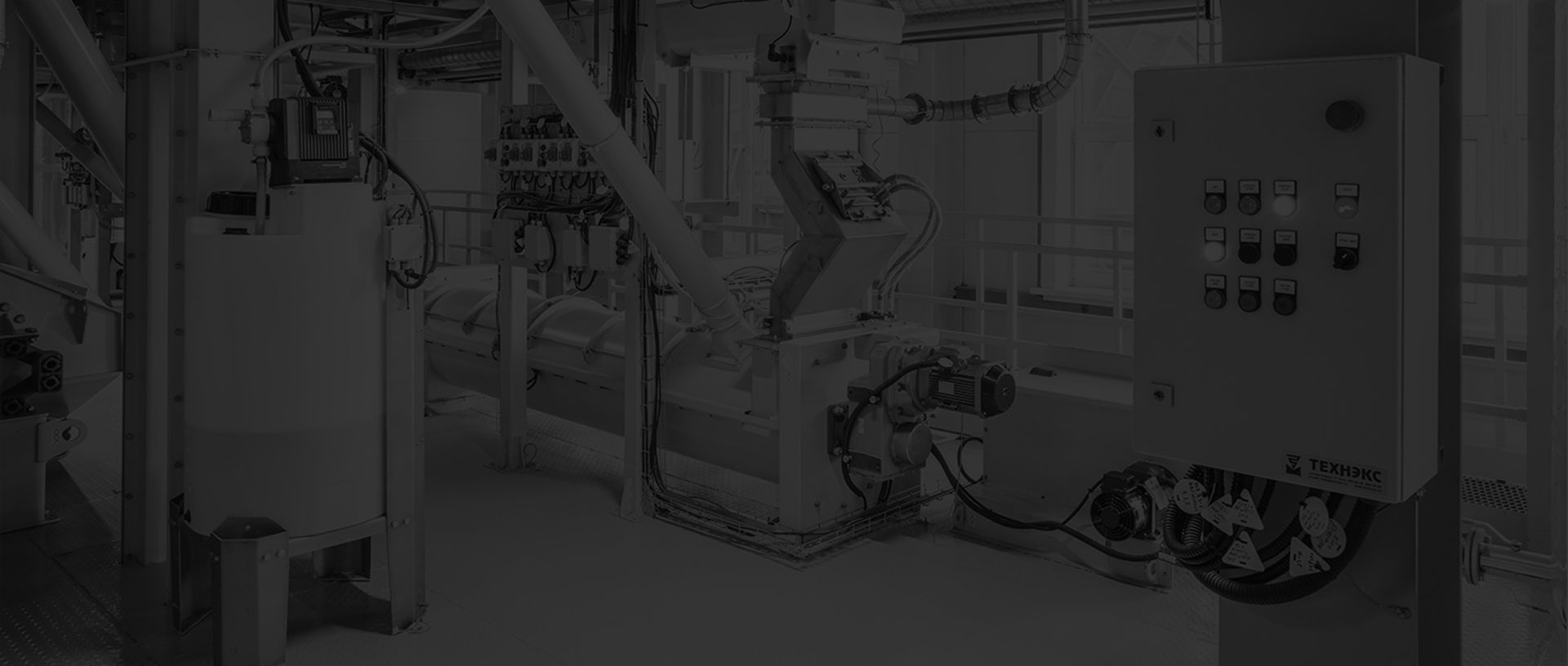
Increase plant productivity, profitability, and safety by integrating high quality equipment into your pellet production line. Over the years, RICHI has become China's top pellet equipment manufacturer. At the same time, RICHI has established valuable partnerships with the world's leading component and raw material manufacturers to bring you the best there is in technology, automation, and efficiency in pelleting plant machinery.
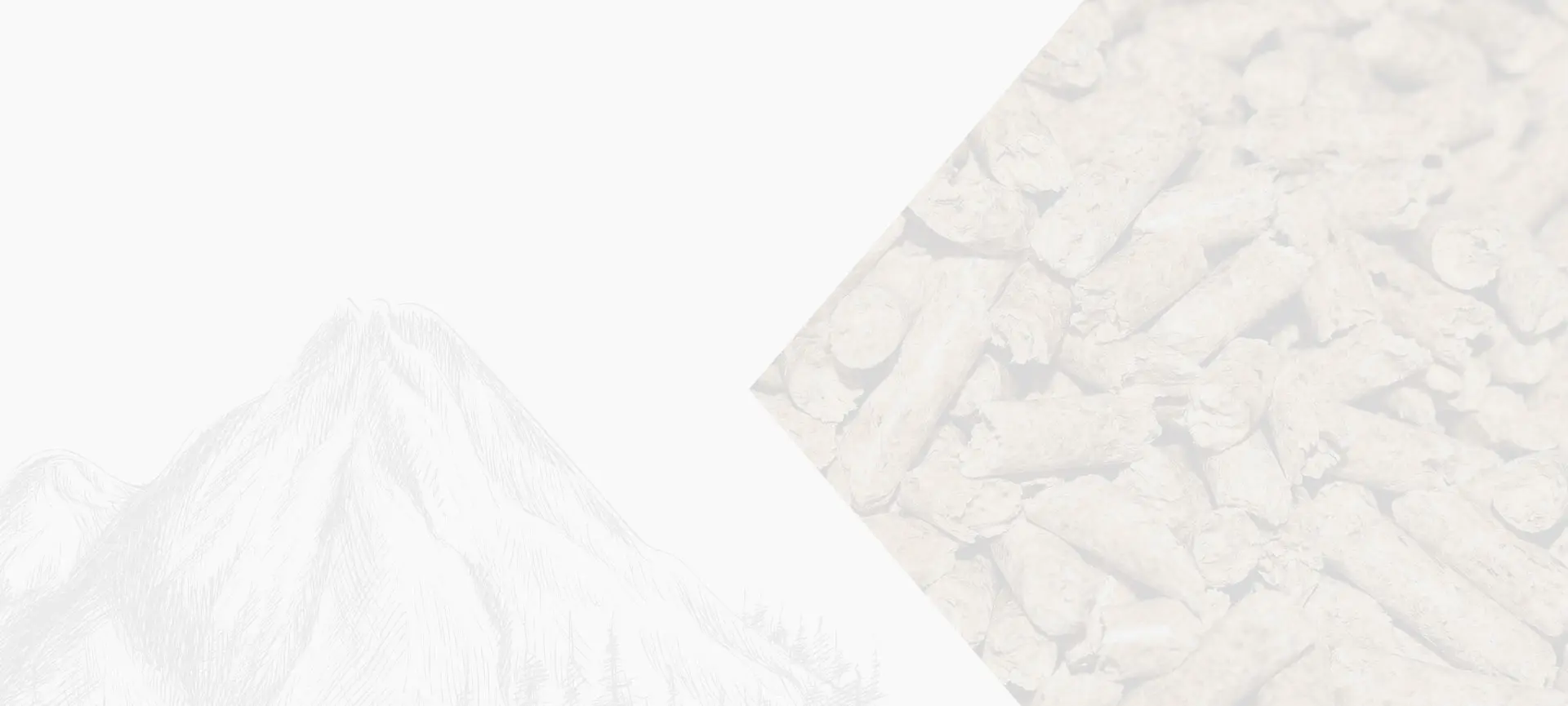
For nearly 30 years, RICHI has been providing best-in-class pellet plant equipment and services to clients across a variety of industries, sizes, and needs. We pride ourselves on the knowledge and skill that each team member possesses – from our technical sales team to our process design engineers. You can count on RICHI Machinery to take your operation to the next level of innovation, quality, and success.
Need help with your pellet manufacturing plant project? Contact us today.
ANIMAL FEED
BIOMASS
WOOD
ORGANIC FERTILIZER
AQUA FEED
CAT LITTER
MUNICIPAL WASTE RECYCLING
SPECIAL PELLET PRODUCTION
RICHI Machinery continues to deliver world class pellet mill equipment, pellet plant engineering and project solutions that add value to our customers in the animal feed, wood waste, agriculture waste, organic fertilizer, cat litter and special pellet products industries. Throughout the years, we RICHI Machinery have built strong brand, becoming industry-leading pellet machine manufacturer. We value integrity, promise quality, and prioritize your success.
Learn MoreWith our expert team, we precisely implement your process engineering requirements in pellet mill and pelletizing plant systems. No matter which industry you’re in – we understand your needs and deliver solutions that meet the highest standards.
At RICHI, quality comes first. Our pellet making machine and related pellet line equipment undergo rigorous quality controls to ensure they meet the highest standards. Rely on products that are durable, safe, and efficient.
With decades of experience in pellet machine and pellet production line production, we have earned a reputation as a trusted partner in various industries. Our expertise allows us to cover a wide range of applications.
Not only do we offer premium pelleting equipment, but we are also experts at designing, building, installing, and maintaining facilities from the ground up. Our expertise is within pellt plant process design, discovering the most efficient, productive, and profitable way to handle your materials in an end-to-end cycle.

Keeping in touch with us is an effective way to solve all your problems. If you have any needs or questions, please leave your contact information, then RICHI technical consultants will send design, quotation, videos to your mailbox. You can also contact us directly via WhatsApp: +86 13838389622
Copyright©2015-2024 by HENAN RICHI MACHINERY CO., LTD. All rights reserved.
 en
en